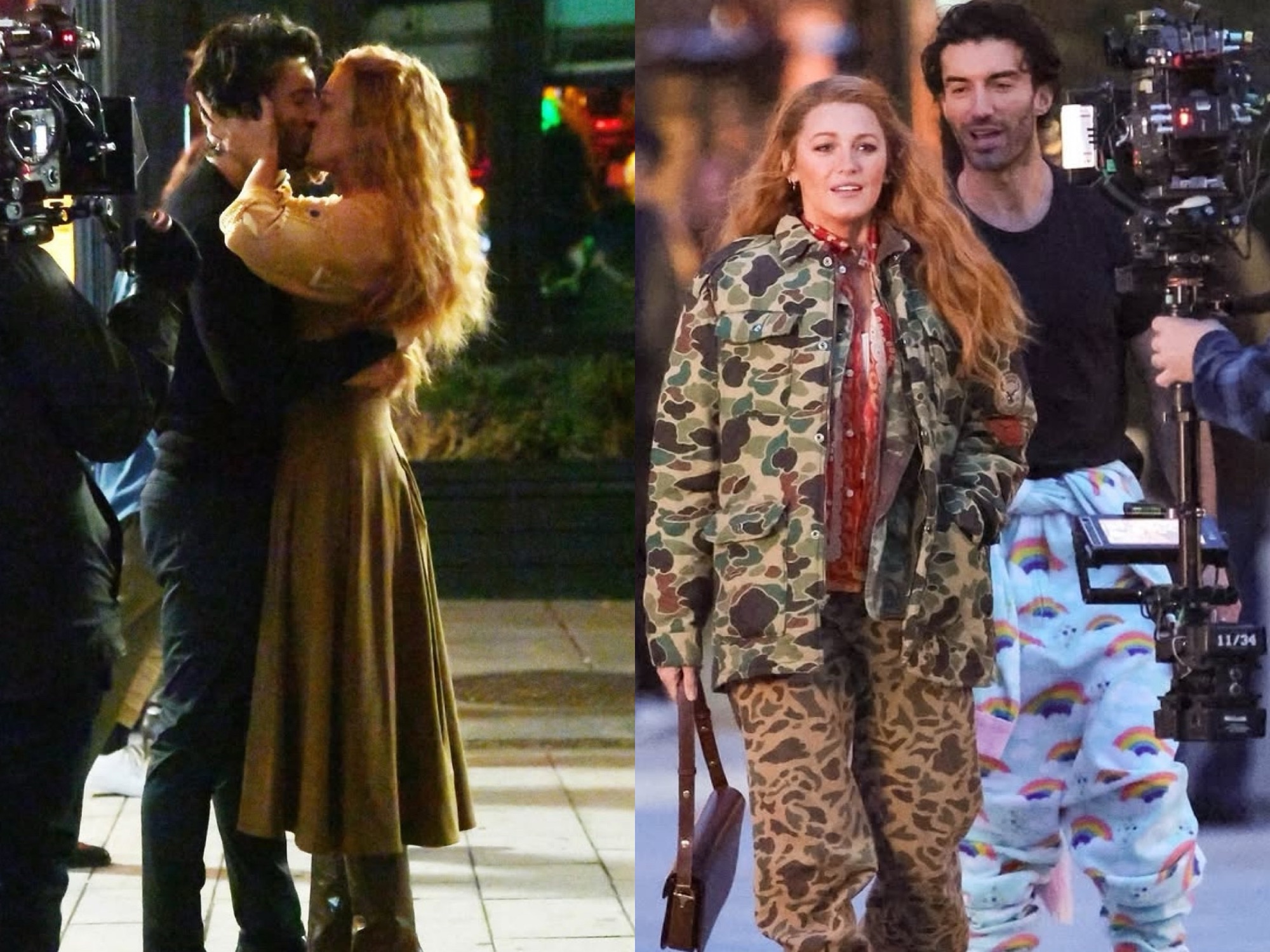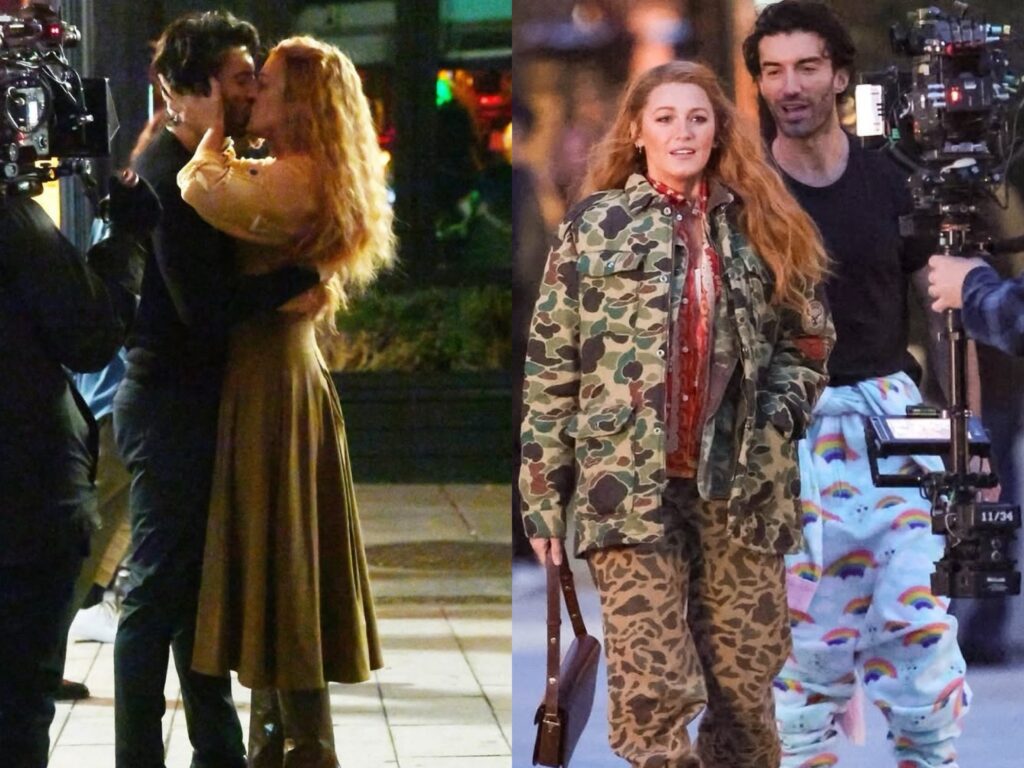NEWS
Justin Baldoni’s filed complaint claimed that The New York Times relied on “cherry-picked” and altered communications, with details “stripped of necessary context and deliberately spliced” to “mislead.” Over its story on ‘It Ends with us Co-Star Blake Lively

Justin Baldoni’s Legal Complaint Against The New York Times: Allegations of Misleading Reporting
In a recent legal move that has captured the attention of both fans and industry insiders, actor and director Justin Baldoni has filed a complaint against The New York Times, accusing the publication of relying on “cherry-picked” and altered communications in a story involving his It Ends with Us co-star, Blake Lively. Baldoni’s complaint centers on the allegation that the newspaper misrepresented key details by stripping the communications of “necessary context” and deliberately splicing together pieces of information in a manner that could “mislead” the public.

The controversy stems from a piece published by The New York Times that detailed the behind-the-scenes dynamics of the highly anticipated romantic drama, It Ends with Us. The article focused on Baldoni’s relationship with Lively and their professional collaboration. However, Baldoni’s legal team argues that the newspaper’s portrayal of their interactions was deeply misleading, with key communications being taken out of context to support a narrative that didn’t accurately reflect the nature of their professional rapport.
Baldoni, best known for his roles in Jane the Virgin and for directing Five Feet Apart, is not only challenging the accuracy of the article but also the ethical implications of such journalistic practices. In the complaint, Baldoni claims that The New York Times intentionally selected and edited parts of the communications to create a skewed image of the relationship between him and Lively, suggesting tensions or personal issues that simply did not exist.
The legal filing specifically targets the way in which certain emails, messages, and other forms of communication were presented. According to Baldoni’s team, the editorial process involved removing essential context that would have clarified the true nature of the interactions. This, they argue, is a deliberate attempt to mislead readers into believing there was a conflict or contentious dynamic at play, even though this was not the case.
In addition to the misrepresentation of their relationship, Baldoni’s complaint asserts that the publication’s reporting contributed to the spread of unnecessary rumors and speculation, damaging both his and Lively’s professional reputations. The actor has made it clear that he holds a deep respect for Lively, who is a prominent and respected figure in the industry, and that any suggestion of friction between them was completely unfounded.
The case is raising broader concerns about journalistic ethics, particularly in an era where the line between fact and sensationalism is often blurred. Baldoni’s legal team argues that reputable outlets like The New York Times have a responsibility to maintain accuracy and integrity, especially when it comes to the portrayal of personal relationships within the entertainment industry. By publishing a story that Baldoni claims was designed to mislead, the actor suggests that the paper not only violated his privacy but also undermined the trust of its readers.
For their part, The New York Times has yet to release a formal response to the legal complaint. It remains to be seen how the case will evolve and whether Baldoni’s claims will lead to changes in how the publication handles such sensitive matters in the future.
The dispute highlights a growing tension between celebrity culture and the media’s role in shaping public perception. As social media and tabloids continue to blur the lines between fact and fiction, the question of where accountability lies for misleading stories remains more pertinent than ever.
While the legal proceedings continue, the incident also underscores the importance of considering the full context behind any story, particularly in an industry where image, relationships, and public perception play an outsized role in career trajectories. For now, Baldoni and Lively’s fans are watching closely to see how this legal battle will unfold and whether it will prompt a larger conversation about media responsibility in celebrity reporting.












